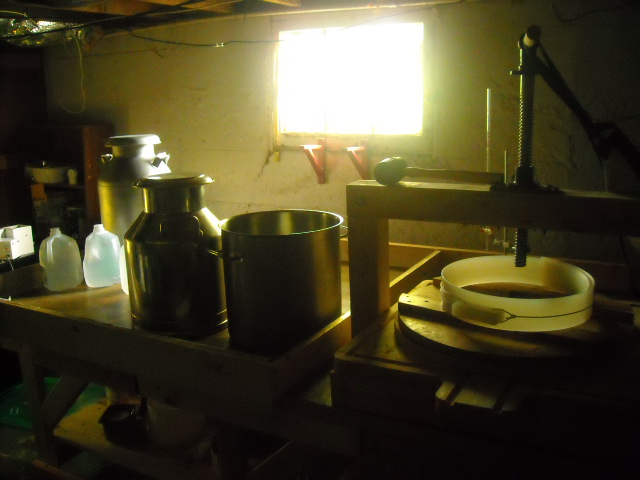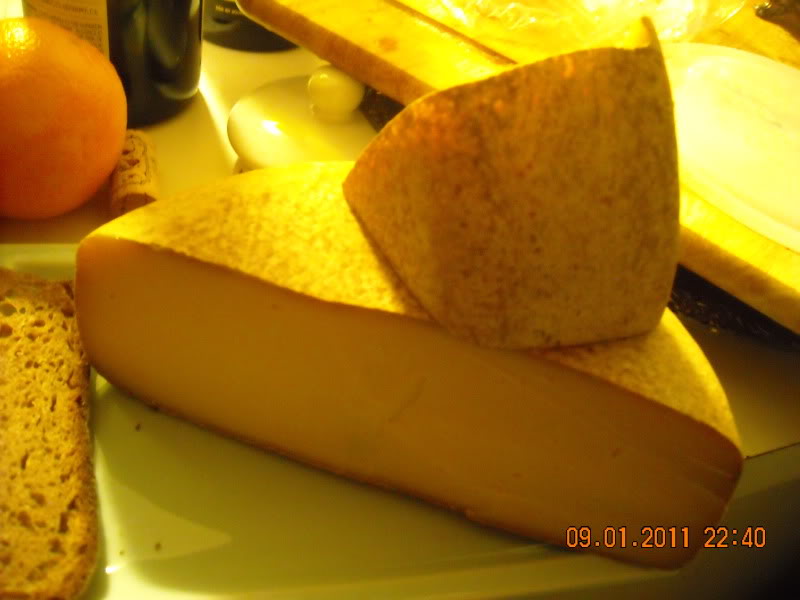Timely guys. I'm about to brew the 1848 Barclay Perkins/Ron Pattinson and have some WLP545 on its way. I was actually going to post a thread on brett temps, but seems fitting here. I've seen somewhere people talking about the long, slow brett secondary taking place at cellar temps, about 55F. Optima for the yeast is obviously much higher. I exchanged with White Labs a bit, and I suggested a long slow cooling from primary temp (using a blend of 1098 and 1099), to the cellar temp and months on Brett, so as not to shock the brett.
Is this reasonable? Or do you guys secondary the brett at higher temps?
He also suggested monitoring the taste - sourness - after a long while on the brett "because the gravity won't change much." My presumption is that he's talking about somehow killing the Brett at a certain point, something I'd rather not do - I'd rather it finish naturally, with balanced funk and acidity. Any guidelines?



























![Craft A Brew - Safale S-04 Dry Yeast - Fermentis - English Ale Dry Yeast - For English and American Ales and Hard Apple Ciders - Ingredients for Home Brewing - Beer Making Supplies - [1 Pack]](https://m.media-amazon.com/images/I/41fVGNh6JfL._SL500_.jpg)








































